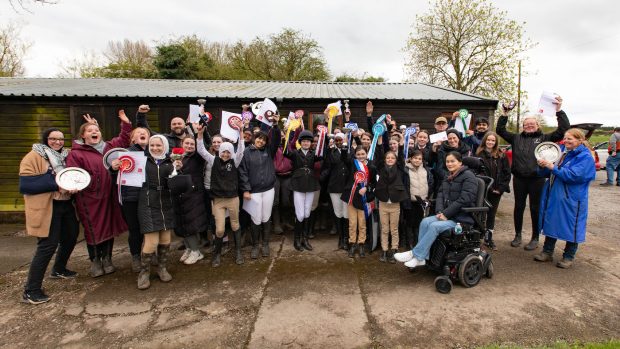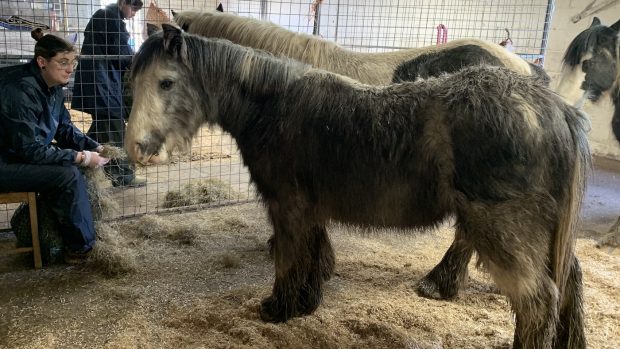The Thoroughbred Rehabilitation Centre (TRC) has unveiled plans to convert a 266-acre dairy farm into a state-of-the-art rehabilitation centre. The charity is planning to move to its new base at Whinney Hill, in Halton, Lancashire, this summer.
The TRC, whose patrons include champion jockey Frankie Dettori and former racing commentator Sir Peter O’Sullevan, bought Whinney Hill last year. The refurbishment will start in April and should be completed in August. By late summer, the TRC should be able to move its 25 horses there, including 1984 Grand National winner Hallo Dandy, who will be 31 years old in April.
“Now that we have our own yard, we can upgrade our facilities for rehabilitating and improving the welfare of former racehorses,” says TRC founder Carrie Humble MBE.
The charity is now raising the funds it requires to complete the project, which should be in the region of £500,000. “We launched our appeal a couple of weeks ago and already raised £80,000,” says Penny McPhillips of the TRC. “The work will have to be done in phases but we have enough money to convert the loose boxes and build the indoor school.”
The stables will be situated in two former cattle sheds. This will allow the charity to expand the number of horses it can take in from 25 to 30. “We are always full and always have a waiting list,” says McPhillips. “But we are going to resiste the temptation to have dozens of horses because it would impact on our running costs.”
The indoor manege will be installed over the existing slurry pit, where an outdoor arena will also be built when additional financing is secured.
“Our fund-raising is a 365-day a year activity, and we rely totally on the generosity of our supporters to continue our work,” says Humble.
Plans for the future include converting the entrance yard to make access easier for horses and building external parking spaces to keep the yard car-free. Sixty acres of land will be post and-rail-fenced and used for turnout while the other paddocks will continue to be let to the current sheep and cattle graziers.
“Letting the land will bring in a small income but this is not the chief reason we are doing it,” explains McPhillips. “To manage land with horses, you have to have sheep or cattle or the paddocks will be dead in a few years. We’ll move sheep and horses around to allow the land time to recover.”
Much like it happens at the current facility in Nateby, former racehorses will remain at Whinney Hill until the end of their retraining process, which takes an average of six to eight months, after which they will be moved into loan homes. The TRC monitors the loan homes for the rest of the horse’s life.
To find out more about sponsoring TRC or making a donation (tel: 01995 605007).




